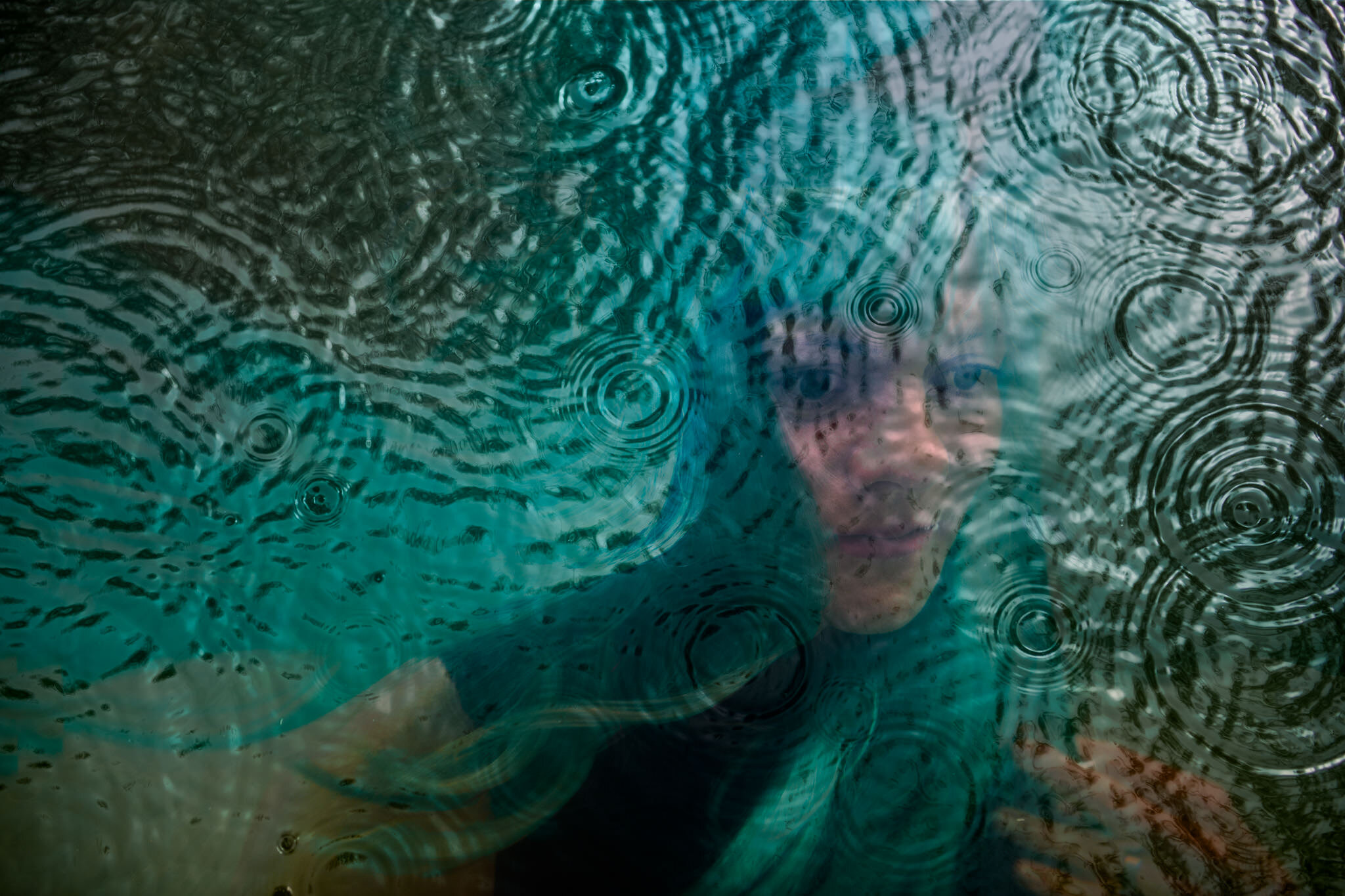
Photographers from around the world unite in love and light.
Toward The Camera
The stillness of a photograph always implies motion. Painting is necessarily a record of moments, a summary of the sitter's imposed stillness. It contains as much of yesterday as of today and will pick up tomorrow where it left off as if nothing had intervened. But a photograph is a single and singular moment snatched out of a continuum. You can snap a series of moments to recreate motion, like Muybridge's galloping horse (motion simulated through stop-motion reveals what the human eye cannot see, the horse momentarily in flight). Or, quickly, even before it is seen
the moment's
heliotropic
pivot
toward the camera's
snap
back forward
beside itself
radiant with possibilities
Photo by Jennifer Kapala
Radiant With Possibility - photo by Willy Wilson
in constant motion - photo by Barb Toyama
The End of Summer
Doubled or blurred
the leaves I cannot see
without glasses, each twirling
greenly on its own stem, so
singular, turning alone,
together, to sun, to wind,
the chill of autumn,
green leached away
to sweetness, to honey
or amber till even that
withers, draws inward,
begins again.
Last light of summer - Jennifer Kapala
Photo by Barb Toyama
To Sweetness, Honey, or Amber - Photo by Willy Wilson
Light on Water
Light on water light
as breath in air whisper
of wind displaced or
absorbed, refracted, reflected
incident to the surface
as coins on a tray or
hoarded in a jar
Light on water light - Jennifer Kapala
Wind displacedor absorbed - Willy Wilson
As coins on a tray - Barb Toyama
Pivot and it's gone
Pivot and it's gone
slipping behind you
the past you drag along
as you hurry into the next
moment, newborn
but never wholly so.
Photo by Barb Toyama
Moment newborn but never wholly so - photo by Willy Wilson
Dragging the past along - Jennifer Kapala
Night and Day
Treading on your own shadow,
that dark other self,
lover of sunlight,
childhood companion,
early to bed early to rise,
the one you forget,
larger or smaller than life,
still stately
beneath the bright prismatic moment
yielding its gaudy spangle
to this daytime night
like a furtive smile
That Dark Other Self - Willy Wilson
Childhood Companion - Jennifer Kapala
larger or smaller than life - Barb Toyama
What Came Before
And time, its parceled moments
freighted with what came before
measured in strata, tree rings,
heart beats, camera
clicks comes after
bubbles around
the frame's
deckled edge
A fine balance - photo by Jennifer Kapala
Bubbles around - photo by Willy Wilson
Time measured in heart beats - photo by Barb Toyama
Muse Forward
A series of words inspiring art, inspiring words. Entwined.
Photo by Jennifer Kapala
Photo by Willy Wilson
Photo by Barb Toyama
Photography As Muse
I continue to contemplate light and how it creates the image, not just reveals the image.
Photo by Willy Wilson
Photo by Jennifer Kapala
Photo by Barb Toyama
The Invention of Photography, or Light as Muse
The ancient Greeks thought light came from the eye itself, put there as fire--along with earth, air, and water--by Aphrodite. The eye, in other words, was like the flashlight on the back of your iPhone or the flash on your camera--only for some reason, it didn't work at night. Later, the Roman poet Lucretius would say that light was made up of atoms racing through space in the direction determined by whatever gave them a shove, like minuscule billiard balls--an idea that took a while to catch on. Later still, in the Middle Ages, what you believed about light and darkness, as reflections of what you believed about good and evil, could get you burned at the stake (long story having to do with Manichaeism). Even today it might get you a cold shoulder (as opposed to a hot auto-de-fey), at least from postmodernists, who eschew such binary oppositions. The history of light isn't all dark, though. Centuries before Lucretius, on the other side of the world, the Chinese discovered that light focused through a pinhole into a dark room created an inverted image of what was on the other side of the pinhole (which is roughly how the eye works). Project that image onto a light-sensitive medium and you get a photograph, but it would take a couple of millennia to figure out
wave entwined particle
equals light darkens silver chloride
stills
its bounce of
particle curve of
wave entwines eye brain
& image, image &
image-making
Photo by Barb Toyama
Towards The Light - Photo by Jennifer Kapala
Photo by Willy Wilson






























